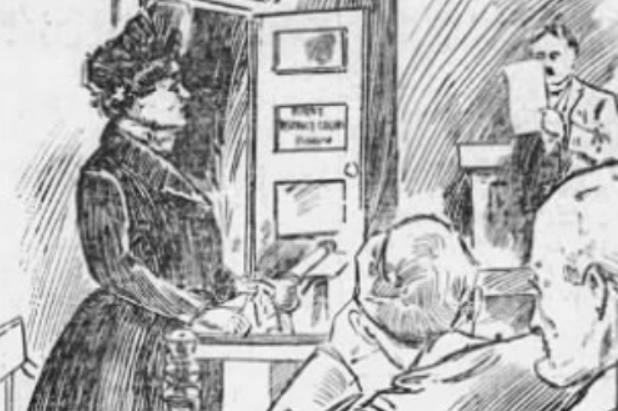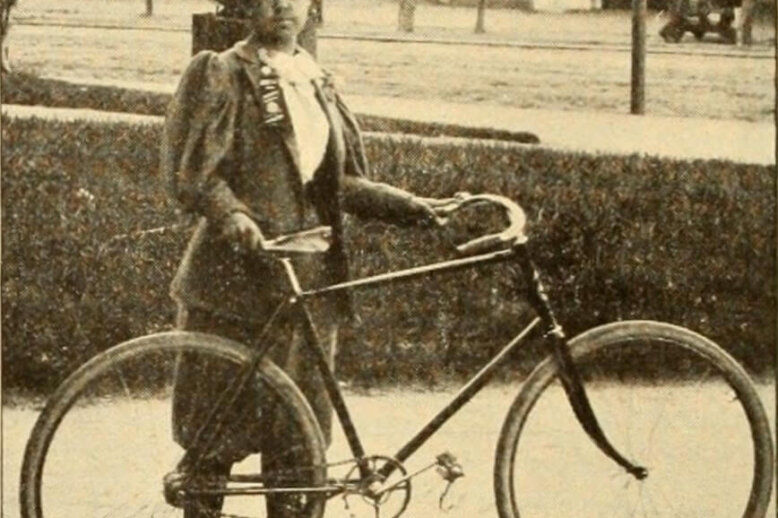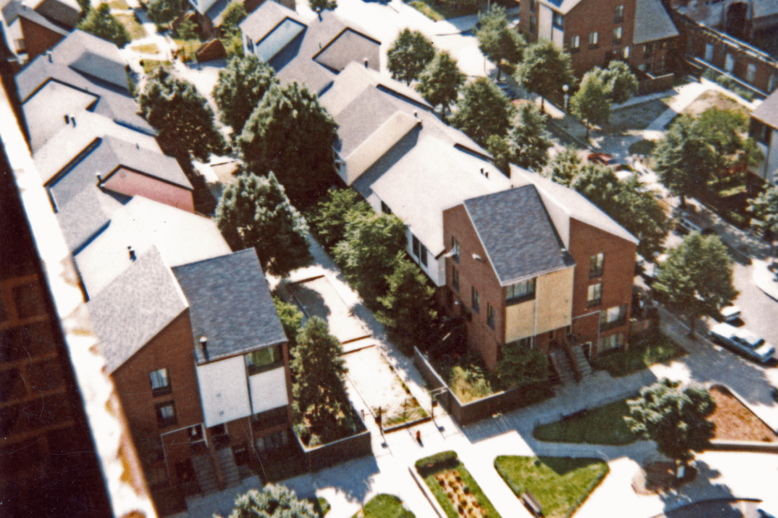Era: Immigrant Neighborhood (~1880-1960)
Immigration, first, second, and third-generation Americans, Settlement Houses, Irish politics, etc.
The Greatest Political Enemies of the 20th Century: West End’s Lomasney Vs. Mayor Curley In the early decades of the 20th century, two towering figures dominated Boston’s political landscape. Their rivalry was so bitter that it reshaped the very nature of urban Democratic politics. The feud between Martin Lomasney, the “Mahatma” of the West End,…
Jolly Jane Toppan: The MGH Nurse Turned Mass Murderer A medical serial killer in the late 19th and early 20th century, Jane Toppan (1857-1938) admitted to the murders of 31 people and was possibly responsible for many more deaths. Toppan, a child of Irish immigrants and a trained nurse, was a press sensation in her…
Boston’s urban landscape has been dramatically shaped by urban renewal initiatives of the mid-20th century. Among the most notable examples are the West End and Charlestown—two historic neighborhoods with starkly divergent urban renewal results. While the West End became the poster child for urban renewal’s destructive potential, Charlestown had a very different outcome only a few years later. This article examines these contrasting urban renewal experiences, highlighting their implementation approaches, community responses, and lasting impacts on Boston’s urban fabric.
At its peak, the vibrant West End neighborhood was home to approximately 40-45 synagogues, reflecting the thriving Jewish community that once defined the area. Today, only the Boston Synagogue remains as the sole continuously-operating Jewish house of worship in the neighborhood.
Below is an online, self-guided version of our “West End Women” walking tour. Print it out or keep it digital, and put on your best walking shoes to explore the histories and stories of women from Boston’s West End.
Joseph Caruso’s novel The Priest (1956) vividly captures daily life for the West End’s Italian immigrant population in the mid-twentieth century, drawing on actual events, historical landmarks, cultural rituals, and economic challenges which shaped the West End community for generations.
Charles Street Jail stands as a landmark of major national significance, both as a key example of the Boston Granite Style of architecture and as the embodiment of mid-nineteenth-century penal reform movements. The jail’s history was marked by dramatic shifts: initially celebrated as an architectural and reformist triumph at its opening in 1851; later decried for its “cruel and unusual” conditions in the 20th century, prompting its closure; before being reinvented as a luxury hotel in the 21st century.
During the mid-20th century, Boston targeted the South End for urban renewal, alongside the West End and other low-income communities across the city. Responding to impending displacement, the South End’s Puerto Rican residents organized to take control of their community’s destiny, forming the Emergency Tenants’ Council (ETC) and successfully negotiating the right to redevelop the land themselves. The result was Villa Victoria—a community-planned and operated housing development that would become the center of Latino life and culture in the South End. Unlike top-down redevelopment schemes that displaced residents, as happened in the West End, Villa Victoria emerged from the community’s own vision and struggle.









